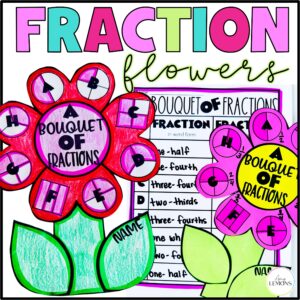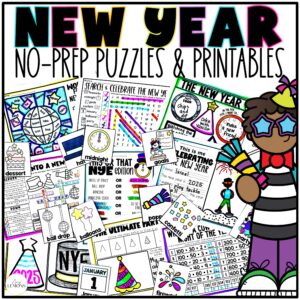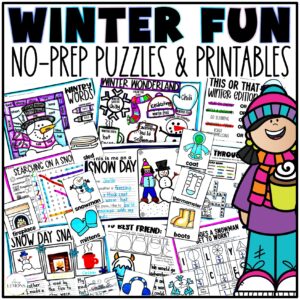
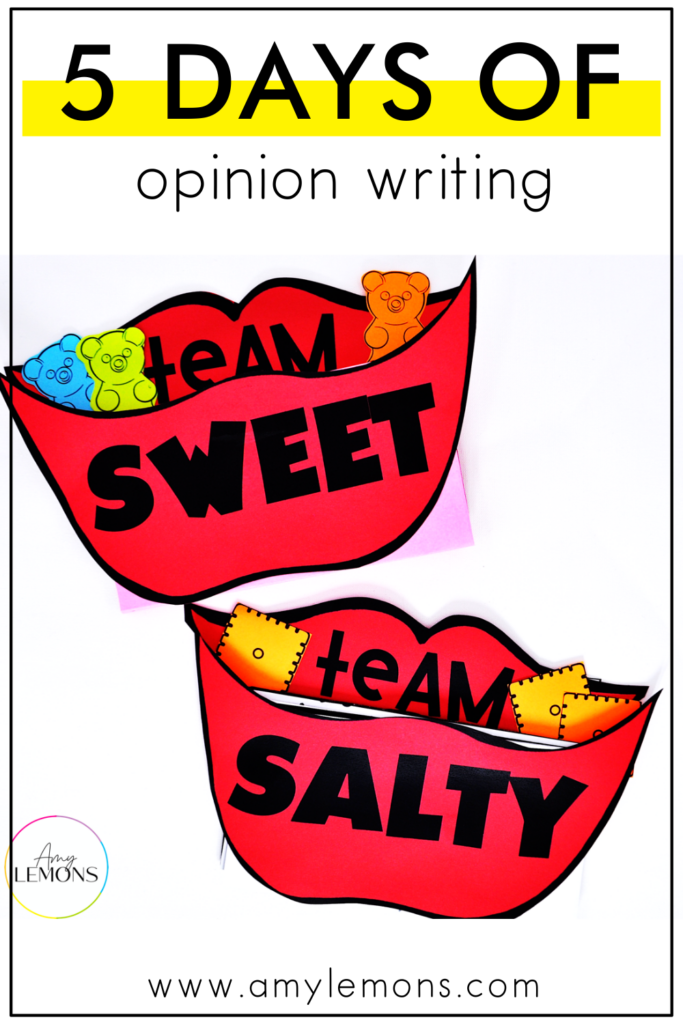
Opinions, we all have them. Whether good or bad, it’s essential that we understand how important they are and it is even more important that as children we learn how to express them in the right way. As teachers, this is where the hard part comes in.
Writing is one of the trickiest skills you’ll ever have the pleasure of teaching to kids. And getting them to write an opinion with supporting details can prove difficult. But when structured well with engaging opinion writing activities and strategies, you’ll have an easier time getting your little ones to catch on!
I want to share with you how we structure our opinion writing lessons over the course of 5 days so kids can go slow and steady toward creating their first opinion piece. I’ll show you the exact resources we use each day to practice opinion writing in a sustainable and engaging way. Plus, I have a FREEBIE I think you will LOVE to assist with your opinion writing lessons!
Day one of opinion writing starts with a brainstorming session. The first thing we do is introduce the theme. If you are new here, then let me just tell you, I am ALL about having cute and fun themes for our lesson plans. Students’ interests are piqued when they are engaging in things that they love. And who doesn’t love a good salty or sweet snack?!
So, to begin, we ask the students to brainstorm and describe salty and sweet snacks. This will be the basis for the remainder of our opinion writing lesson.
We like to introduce this unit by giving the students actual snacks they can taste test. Don’t be afraid to be literal with your lessons!
The foods you use can be as simple or elaborate as you’d like. Giving two broad food groups allows you to decide what you want for your students.
Some Examples you could use are:
Salty
Sweet
You can give your students one of each type of food, or a few of each category to taste test. Allow your students to eat and savor the food slowly so that the food can be described.
To kick things off, we use a whole class chart to describe both types of food. Then, students will choose their favorite and write their opinion.
We reserve writing time for the second day. We don’t want to get too hasty in having the students begin to write and brainstorm on the same day. We give them the breathing room to think through the taste test and begin to consider why they chose the sweet or salty food group as their best.
First, we begin by having students practice forming introductory sentences for each part of their opinion. We want to keep this surface level to ease them into their opinion writing piece. For that purpose, we have them focus on introducing their opinion and forming reasons.
Pro tip: Save the explanations and closings for later in the week.
To assist, offer your students sentence starters to help them begin each portion of their writing. Here are some example sentence starters you can introduce to your students for each section.
Sentence Starters
It’s important that you model how to use the starters to form sentences. Through modeling, you help them put the words into action. And give them a starting point for how to organize their thoughts.
On the third day, rather than jumping into more writing for the opinion pieces, we have students play a writing game. The writing game exposes students to strong conclusions. They can use these models later when it is time to conclude their writing project.
As a class, we have the students match opinion topics to strong concluding statements. We use our cake-themed writing activity from our writing lesson plans for opinion, persuasion, and letter writing unit. Students will be adding “layers” to their cakes while learning how they should be writing their own conclusions later in the week.
Here’s how we play the game.
It’s a wonderful way to give kids a break from writing and get more hands-on with their opinion writing activities. Breaks are important because, for many students, writing can feel tedious and boring. Always add variety to your writing lesson plans!
On day four, it’s time to jump back into writing. But first, I want to mention that teaching the skills and pertinent components of writing an opinion does not have to be taught only during the writing phase of their particular piece.
Breaking the writing down into smaller digestible pieces works wonders for students’ comprehension and adding relevant opinion writing activities helps with exposure to strong examples.
So, we begin the day with a Would You Rather activity that allows students to practice creating full opinions including their linking words and reason without it being tied to their specific piece.
Instead, they will be applying these skills to their opinion writing later.
For this writing activity, students read the would you rather question and provide an opinion, linking word, and reason to answer the question. This can be done as a class over discussion or given to students to write down their responses.
During this exercise, we are emphasizing to our students that we want to always provide reasons that explain why we have a specific opinion. It’s important that this part of the writing gets heavy attention because it can be the most difficult concept.
They will need to know how to do this as we move on to the next phase (and maybe, in future debates!)
After our writing exercise, students begin working with their pieces again. At this time, we want to do a close edit.
Students are going to take their introductory sentences and begin to link their opinions with reasons as they did in the earlier writing activities. Taking what they learned, students will then adjust and make any necessary changes.
After they begin to expand on their opinions, they should have a solid draft for their paper. Then, they can go in and do a close edit. During the close edit phase, students will be checking their writing for punctuation, spelling, capital letters, etc., and any other major details you need for your classroom.
Pro tip: Use a color key and highlighters for students to highlight the areas in which they need to make changes.
On the final day of opinion writing activities, it’s time to put all of the pieces together. But not without having a little fun!
To make this an exciting occasion, consider using a fun craft as the paper for their writing! Crafts are always a hit and help students to visualize the things they’ve been talking about throughout the week.
For our salty versus sweet opinion writing theme, we created a mouth and on the inside, we added a long sheet of paper to mimic a tongue! This brings us to a full circle moment from when we did our initial “taste test” on the first day of the writing lesson. You can, of course, always use a themed writing sheet instead to make things easier! We like to include both options.
Along the tongue, students will completely write their entire opinion piece on whether salty snacks or sweet treats are the best and why.
How cool is that?! Not to mention, you can make the cutest bulletin board for your classroom with the finished projects!
The most important part of teaching any type of writing is how you model it. To help reinforce all your hard work of showing them how to form their opinions, you can use opinion posters! Use these opinion writing posters during classroom discussions and around the room throughout the lesson as a constant reminder of what each piece of their writing should include.
You can grab these Opinion Writing Posters as a FREEBIE below! Just let me know where to send them and I will deliver them straight to your inbox!
Like what you see? You can find all of the activities mentioned in this post (plus much more!) inside our Writing Lesson Plans for Opinion, Persuasion, and Letter Writing unit in my TPT shop.

Hey, y’all! My name is Amy Lemons and I am passionate about providing students with both engaging and effective standards-based Math and ELA lessons.
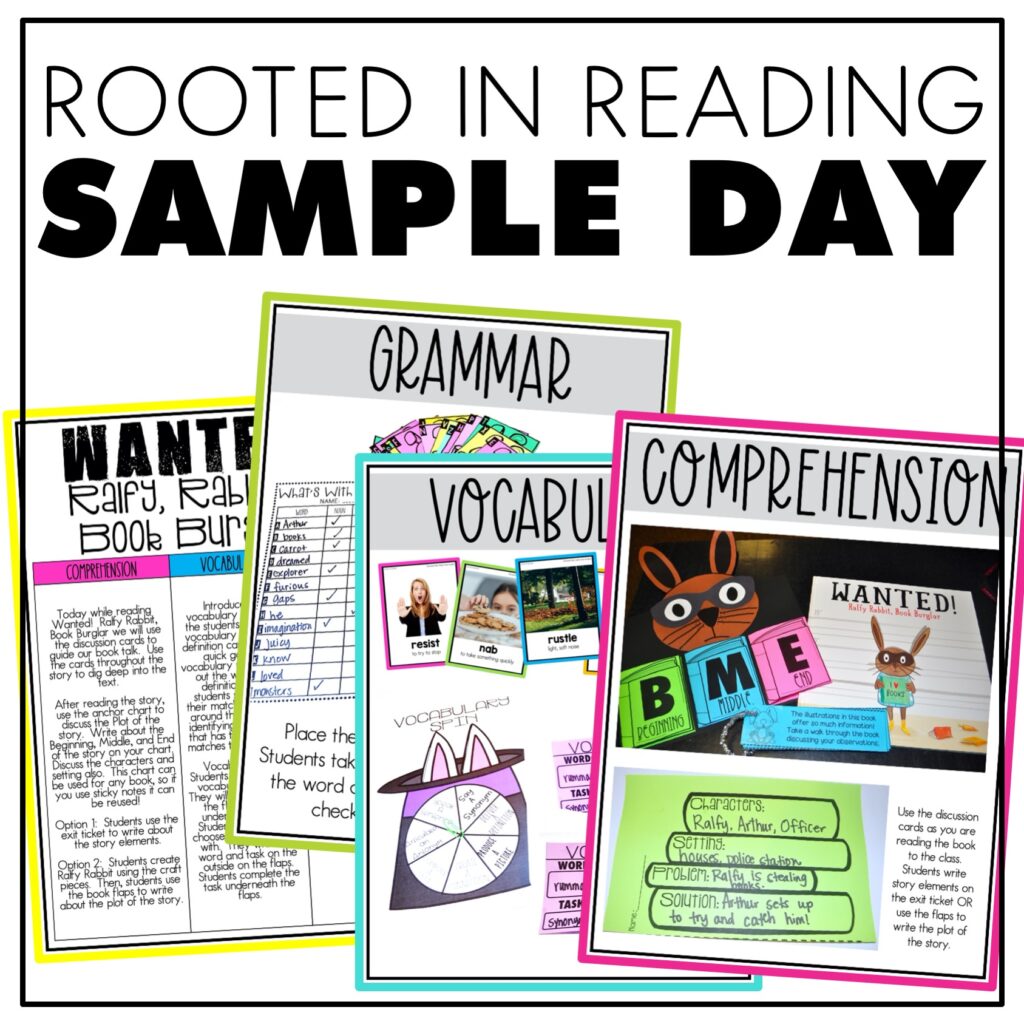
Sample a day of Rooted in Reading with these lesson plans and activities for Reading Comprehension, Vocabulary, and Grammar!
